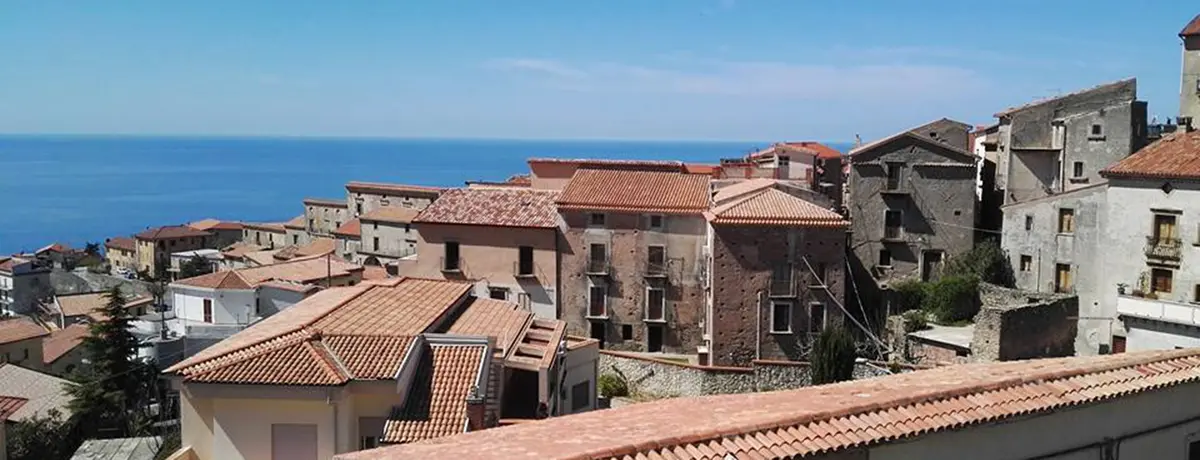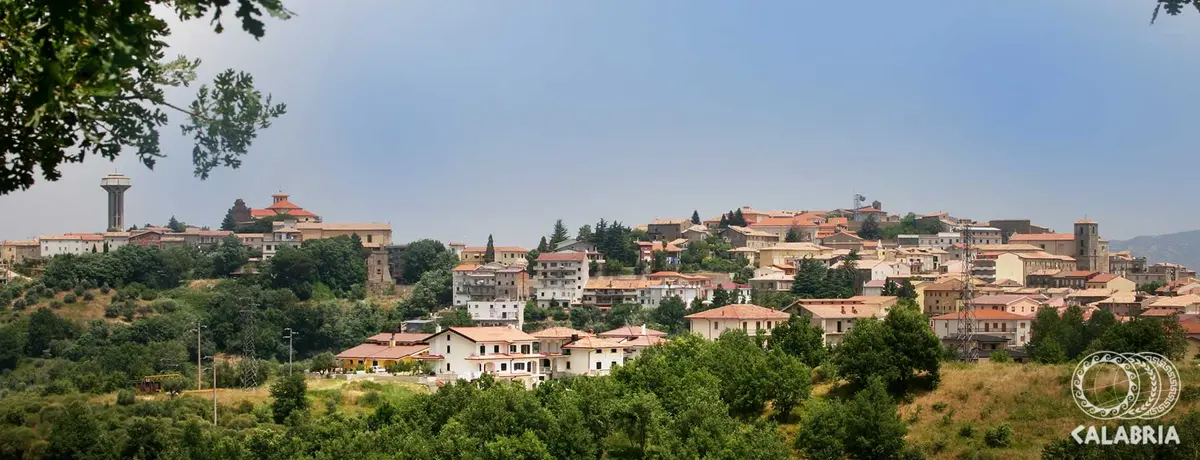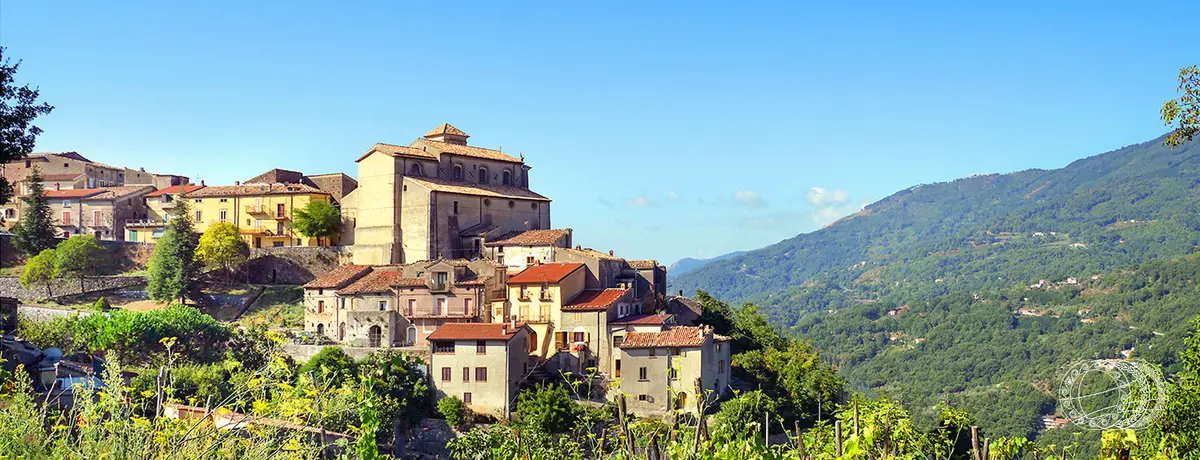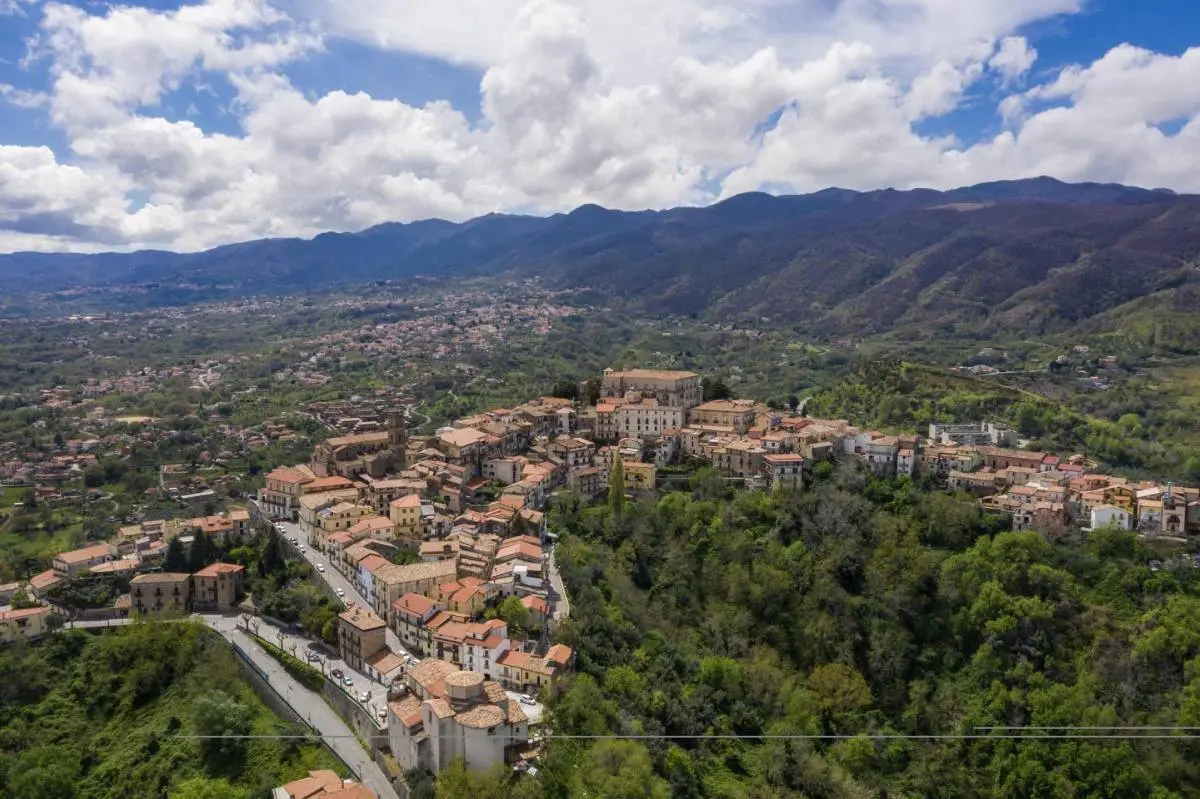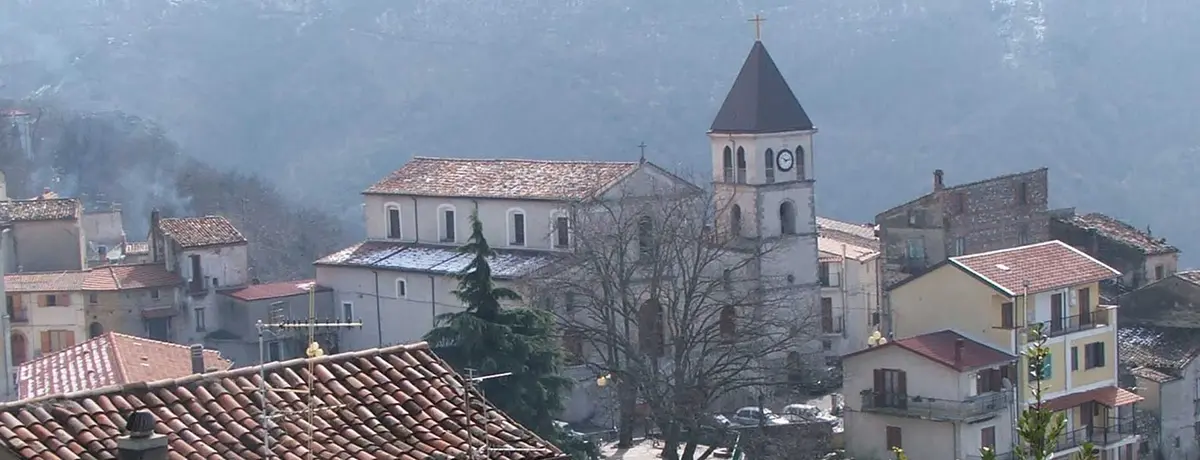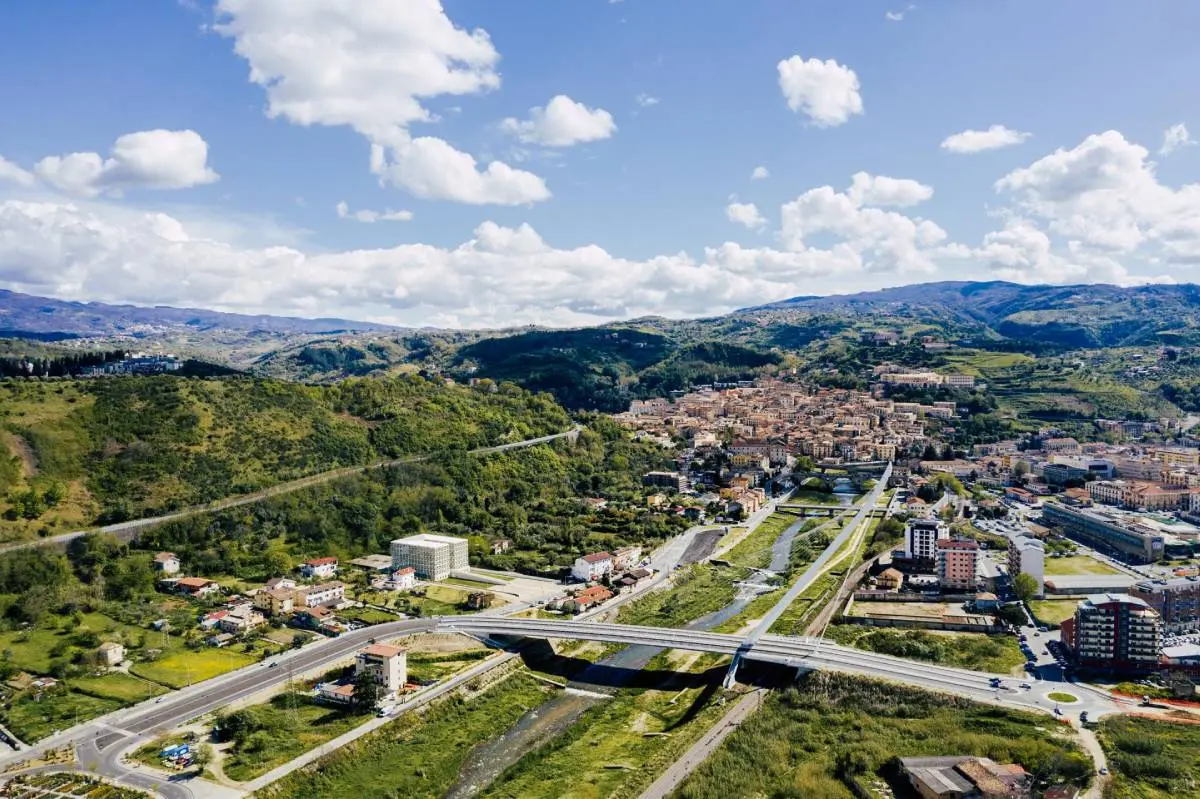Cerisano
In the footsteps of Saint Francis of Paola

Worship
Cerisano - Regione Calabria
The village of Cerisano, at the foot of Mount Cocuzzo in the so-called "Serre Cosentine" area, combines history, nature and spirituality, crossing the Way of St. Francis of Paola.
Cerisano is one of the stops on the Franciscan itinerary renamed "The Hermit's Way", a variant of the official Way following in the footsteps of the patron saint of Calabria.
The historic centre of Cerisano lies among the large beech and chestnut woods of the Sila, an ancient nucleus that developed around Palazzo Sersale and the main square that houses it. The palace, built at the end of the 16th century by the De Gaeta family, preserves its internal garden and cloister with a well, now the venue for artistic and cultural events. The churches of Cerisano are remarkable and rich in works of art, in particular that of San Domenico and the Mother Church of San Lorenzo Martire, with its imposing bell tower. Cerisano is recognised as a stop on the Way of St. Francis of Paola (The Hermit's Way), the slow mobility route that follows in the footsteps of the Calabrian saint, passing through the places that were the backdrop to his life.
The best time to visit Cerisano is in September, when the now historic Festival delle Serre takes place, a varied event that encompasses jazz and classical music, theatre and cinema, enlivening the streets of the town with artists, shows, conferences, debates and exhibitions.
Useful information
What to know about Cerisano
Events
There are 1 events scheduled.
Where to Sleep
There are 2 available accommodations.
Infopoint Cerisano
Cerisano
No result
